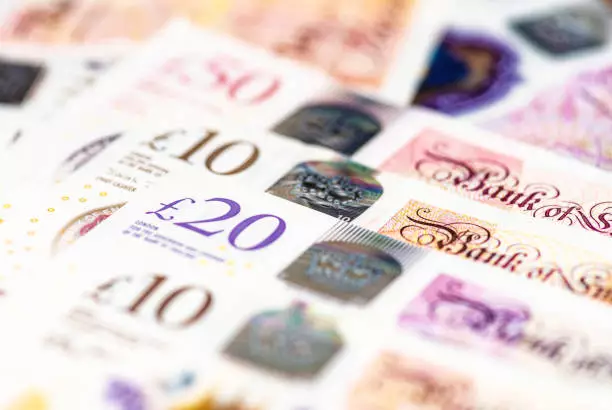The GBP/USD currency pair has demonstrated a notable increase, surging by 2.1% since it reached a low of 1.2249 on February 3. This resurgence is attributed to several influential factors that could have lasting implications for both investor sentiment and market behavior. A peak of 1.2550 was observed on February 5, suggesting that trader confidence is experiencing a significant boost. However, while this positive trajectory has unfolded, it has raised questions about the sustainability of this rally and the potential for future reversals.
The market reaction correlates strongly with ongoing trade discussions between the United States and the United Kingdom. Speculation surrounding a favorable trade deal, coupled with comments from U.S. President Trump suggesting reduced odds of imposing tariffs on UK goods, has bolstered the pound’s value. Such political and economic factors are crucial, impacting market sentiment and influencing trader strategy as they navigate the complexities of a continually evolving geopolitical landscape.
The Role of Monetary Policy
Compounding the recent shifts in the GBP/USD pairing is the anticipation surrounding the Bank of England’s (BoE) monetary policy decisions. On February 6, the market expected the BoE to potentially cut interest rates for the third time since August, which would bring the policy rate down to 4.5%. This comes at a time when inflationary pressures are anticipated to rise, even as growth forecasts for the UK economy seem increasingly grim. Chancellor Reeves’ expansionary budget is a primary element that has engaged economists’ attention, solidifying fears of stagflation—a scenario in which inflation rises simultaneously with stagnant economic growth.
Interestingly, market participants appear to be pricing in a so-called “hawkish cut” from the BoE. This concept suggests that rate cuts might come attached with more aggressive language or guidance regarding future monetary policy, which could be aimed at steering the economy through turbulent waters. This complex interplay between reducing rates while also anticipating higher inflation dynamics adds layers of nuance to how traders should interpret short-term price movements in the GBP/USD.
Technical Analysis Insights
From a technical analysis standpoint, the recent gains in GBP/USD may signal a corrective rebound within a broader downtrend rather than a complete reversal. The recent uptick can be seen as a short-term adjustment rather than a long-term bullish trend. The downtrend remains valid when considering the currency pair’s performance over recent weeks.
Intermarket analysis indicates there’s an ongoing bearish sentiment reflected in the yield spread between UK sovereign bonds and U.S. Treasury Notes. The narrowing yield premium is fueling concerns about the opportunity costs associated with holding UK fixed income assets over their U.S. counterparts, suggesting a tendency for traders to favor U.S. investments. Such circumstances point to potential downward pressure on the British pound, which could manifest in the GBP/USD exchange rate if current conditions persist.
Should the GBP/USD rally surpass the significant resistance level of 1.2610, it may prompt a re-evaluation of the bearish sentiment, opening pathways for more considerable upward movements towards a pivotal resistance zone between 1.2810 and 1.2910. This zone holds importance, representing both the 200-day moving average and a key Fibonacci retracement level.
While the recent rally in the GBP/USD currency pair is certainly noteworthy, it contains the undercurrents of significant economic and geopolitical risks that could shape future price actions. The interplay between aggressive monetary policy adjustments, trade negotiations, and evolving investor sentiment creates a landscape fraught with uncertainty.
Traders must remain vigilant while keeping a close eye on market trends and forthcoming economic data releases to navigate this volatile environment effectively. As the GBP/USD continues to experience fluctuations, understanding these fundamental and technical factors will be crucial for making informed decisions in the shifting world of currency trading.

